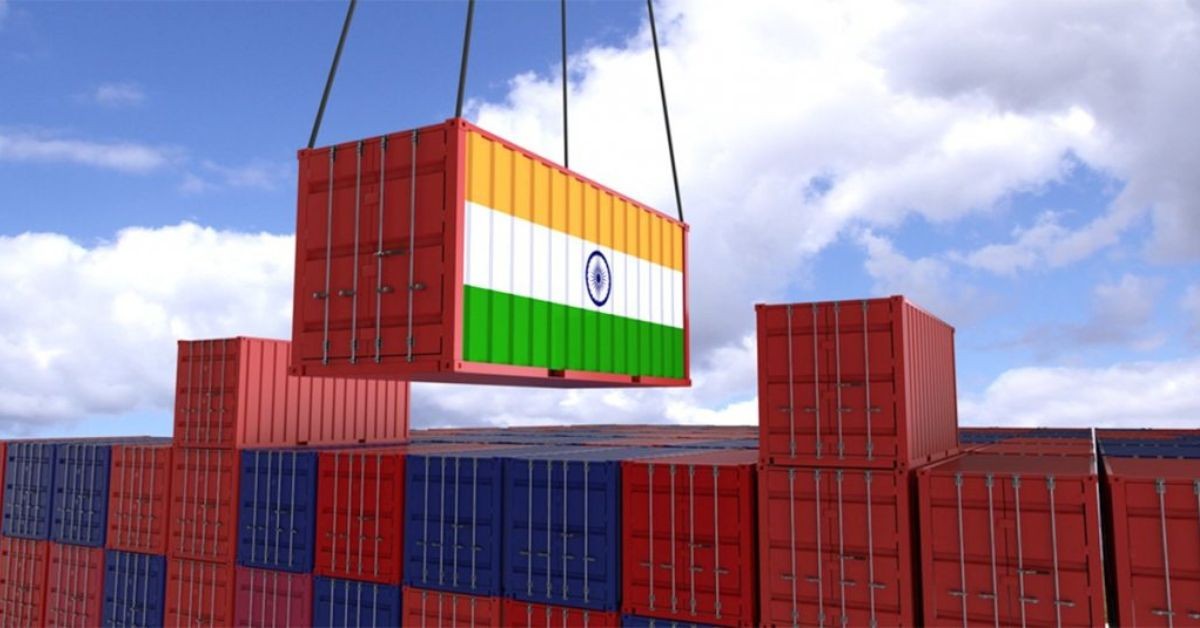According to recent research by SBI Research, India’s export outlook is still strong as the two countries go closer to finalizing a long-awaited trade agreement, even if it is not successful or has tariff drawbacks. The study, titled “Tariff Truce on the Horizon: India, USA Set to Seal the Trade Deal,” notes that BRICS countries, including India, may face 10% tariffs as a result of US President Donald Trump’s reinvigorated campaign for “reciprocal trade.”
However, it contends that India is in a strong position to overcome these obstacles and increase its export presence internationally in a number of important industries. According to the research, “we think there are several ways for India to diversify its exports, even if the India-US deal doesn’t work out as planned and 10 percent additional tariffs are imposed on India.” According to SBI Research, the dynamics of international trade are still changing as a result of the US’s recent tariff increases on 23 nations.
India stands to increase its market share in industries like chemicals, clothing, processed foods, and agricultural products—both in the US and in Asian markets hit by the tariffs—despite being relatively less affected by the new measures. In the chemical and pharmaceutical industries, where China and Singapore currently account for the majority of US imports, India has a demonstrated competitive advantage. According to the analysis, India could contribute 0.2 percent of its GDP if it were to acquire just 2 percent of the US chemical import market, which is now controlled by China and Singapore.
A further 1 percent shift from countries such as Japan, South Korea, and Malaysia could yield an additional 0.1 percent. The report recommends that India negotiate for tariff rates below 25 percent, closer to those granted to countries like Singapore, to enhance competitiveness in price-sensitive sectors.
In textiles, India already accounts for around 6 percent of US apparel imports. With new US tariffs hitting Bangladesh, Cambodia, and Indonesia, India could boost its share by an additional 5 percent, potentially adding 0.1 percent to GDP. The report further flags India’s widening trade deficit with ASEAN countries, which surged to USD 45 billion in FY25 from USD 16 billion in FY21.
It attributes this partly to ‘weak rules of origin’ in the ASEAN-India Free Trade Agreement (AIFTA), which have allowed Chinese goods to enter India via ASEAN members. It recommends tightening trade rules and addressing tariff distortions to curb indirect imports. “India has the resilience and sectoral strength to diversify its export base. With appropriate trade and industrial policy support, it can convert global tariff shocks into a strategic advantage,” it concludes.









